How to Buy Best Ergonomic Office Chair
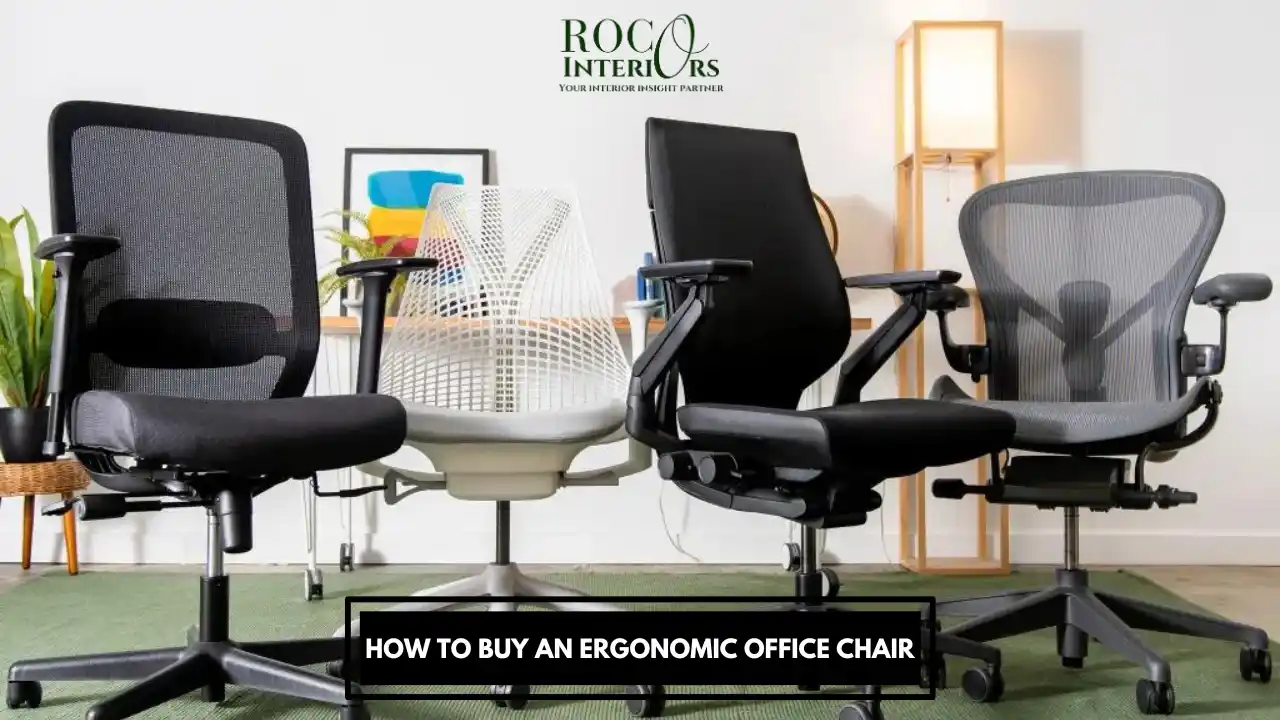

Haseeb Ali
Furniture Guide Expert
Table of Contents
Ergonomic office chairs are specially designed to provide optimum comfort and support for long hours spent sitting at a desk. Investing in the best ergonomic office chair aligns your posture, reduces strain and can help minimize the risk of developing chronic back and neck pain associated with office work. This comprehensive guide will teach you how to select the ideal chair suited to your needs.
We’ll outline the hallmarks of ergonomic design when it comes to office seating. Detail the must-have features to look for and demonstrate how to properly adjust chairs for your body. We’ll also discuss considerations around material choices, size constraints, budget and where you can test and purchase quality ergonomic chairs both online and in stores.
Understanding Ergonomics
Ergonomics focuses on top design furniture and tools optimized for efficient, injury-free use of the body. In chairs, an ergonomic design positions your body in healthy postural alignment to alleviate loading and compression on muscles, joints, circulation and nerves during long seated periods.
Key ergonomic principles around office seating involve providing both overall and customized support for the spine’s natural S-shape curve along with reducing pressure on the backs of thighs and undersides of legs. Finding your chair’s optimum configuration then maintaining proper seated positioning is vital. The Ergonomics chairs has a lot of benefits for sitting also.
Key Features of Best Ergonomic Office Chair
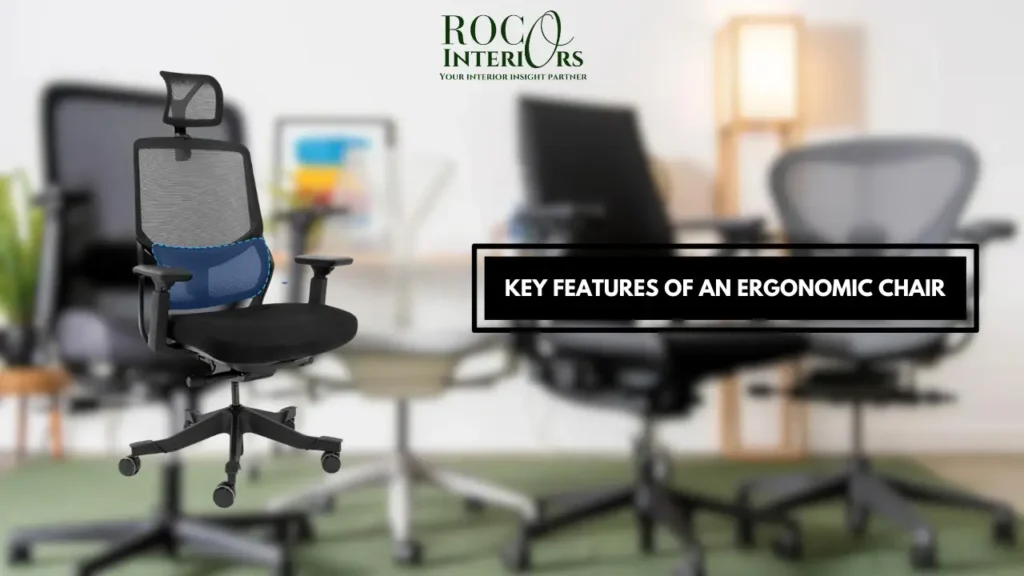
Any ergonomic office chair should contain these fundamental features. Adjustable Seat Height – seats ranging from 16 to over 20 inches high allow adjustment to find proper thigh support and alleviate pressure under knees and calves. Lumbar Support – chairs with adjustable or curved lower backrests match and support your spine’s inward lumbar curve preventing hunching and strain.
Padded Armrests – cushioned rests at slightly below-elbow height secure arms while relaxing neck and shoulder muscles. Sufficient Seat Width & Depth – wide and deep enough seats in the best ergonomic office chair properly distribute body weight without pinched hips or compressed thighs.
Reclining Backrest – full back chairs with adjustable recline angles open up the hip angle for better spinal alignment as you move. Combined together in one chair, these crucial ergonomic components reduce postural fatigue.
Material and Build Quality
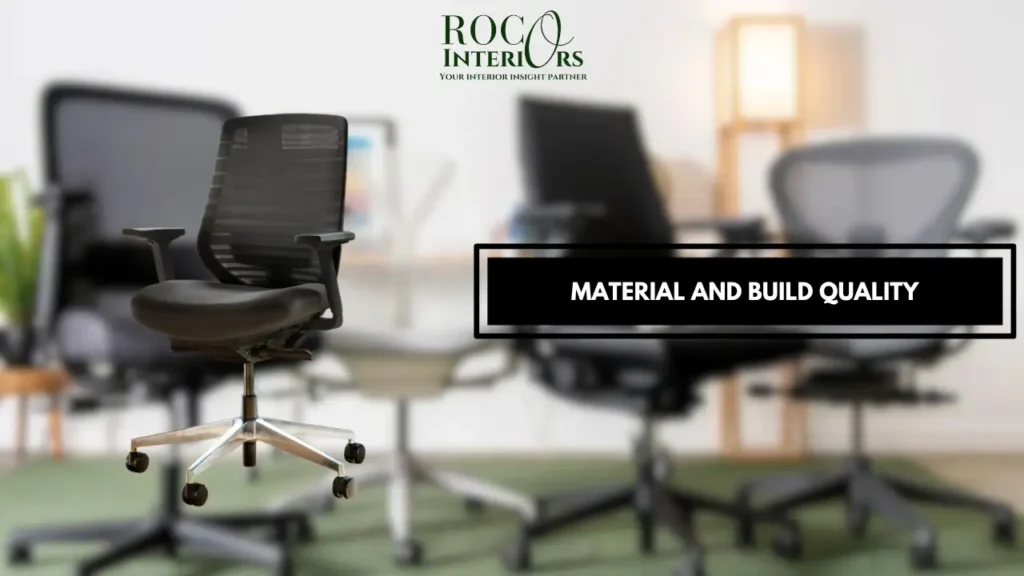
Ergonomic office chairs, particularly the best ergonomic office chair models, feature more moving parts than typical chairs, so durable construction from quality materials prevents components from wearing out quickly. Metal or hard plastic bases plus fabric, leather or mesh upholstery offer style and substance.
Fabric choices like breathable mesh or cushioned textiles conform closely to body contours across temperature fluctuations. They withstand abrasions well, but are prone to staining. Leather resists punctures and tears, wears attractively and is simple to clean. But leather can be hot for long sitting sessions and costly for large chair surfaces.
Plastic injected molded frames are extremely durable and affordable, making them a popular choice for the best office chairs. Yet models lacking seat padding or mesh covers sacrifice comfort. Think about your usage, climate and maintenance tolerance when selecting materials. Also inspect framework welds, movable joints, casters and lifts for robust make.
Adjustability and Customization
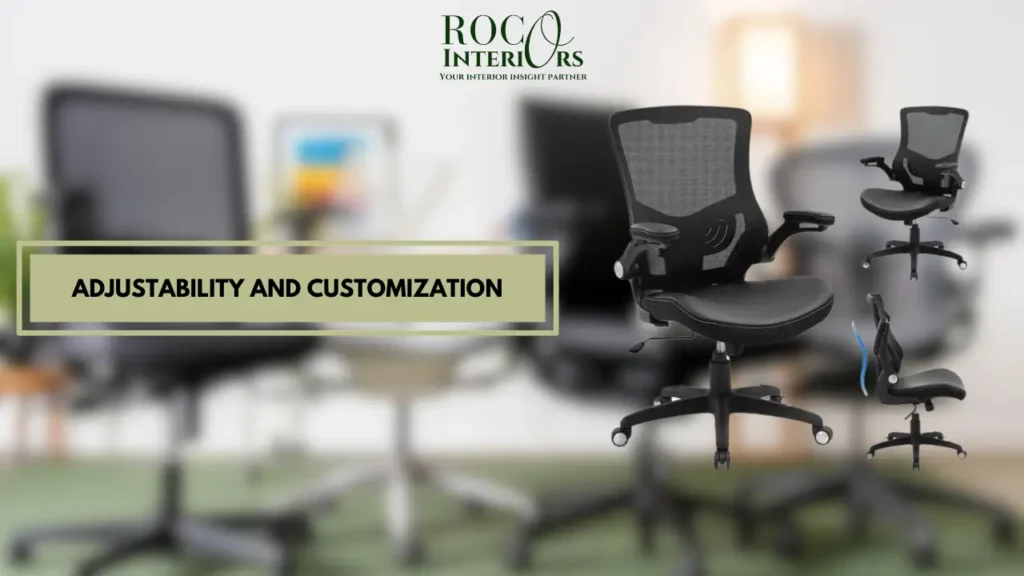
The essence of an ergonomic chair is the high degree of adjustability allowing personalization of fit. Tailor chairs by Height – Ensure thighs fully contact the seat without downward pointing knees that cutoff circulation. Feet should rest flat on floor. Seat Depth – Adjust so seat pan fits the length of legs without pressing into backs of knees.
Armrests – Lower or raise armrests to lightly make contact with forearms while shoulders stay relaxed. Lumbar Support – Position the lumbar pad of the best ergonomic office chair against your spine’s inward curve to prevent slumping. Tilt Tension – Calibrate tilt resistance to your body weight so you stay upright or can recline easily as desired. Get a feel for optimal adjustments through prolonged testing before committing to purchasing.
Size and Space Considerations
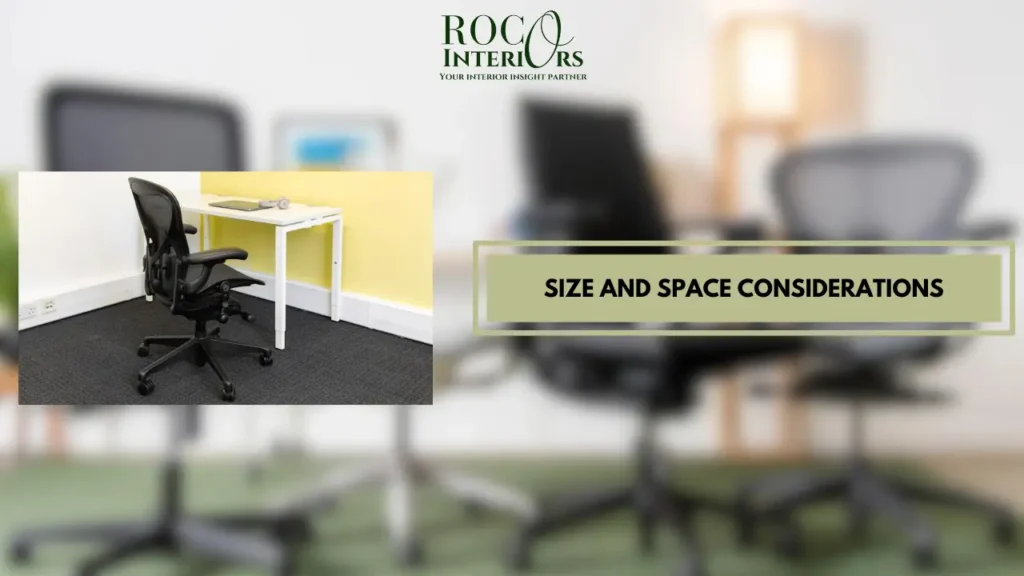
As with regular seating, the best ergonomic office chair dimensions should precisely match your body’s proportions for ideal comfort rather than relying solely on generic manufacturer size guidance.
When space is tight, also factor in key ergonomic adjustments you require when choosing a chair. Take body measurements while seated to determine proper sizing – measure your upper leg length to identify minimum seat height needed, across the widest part of your hips for minimum necessary seat width, and across shoulders to determine the minimum distance needed between armrests.
Then map out the floor area you have available – measure desk overhang to ensure armrests can slide underneath, depth available under the desk for adequate legroom and seat depth, and total width between any side walls or obstacles to accommodate reclined seating angles.
For the most comfortable fit, allow an extra 8-12 inches clearance all the way around the chair to maneuver easily. Compare your space constraints and body measurements against chair dimensions and adjustment ranges to identify the best ergonomic office chair models that can suit your unique needs.
FAQs
Can an ergonomic chair really improve my posture?
Yes. Ergonomic office chairs are expressly designed to help alleviate poor posture habits that strain your spine, muscles and joints over prolonged sitting. Models offering adequate lumbar support, seat depth, adjustable armrests and overall tilt/recline positioning provide a neutral posture foundation proven to reduce slouching and hunching while working.
What is the best material for an ergonomic office chair?
Mesh fabric is very breathable, conforms to your shape well and comes in affordable chairs costing under $250. But cushioned leather or woven textile covers offer superior comfort for long hours – at higher prices closer to $500. Choose based on your budget, professional versus casual decor, and whether you run warm or cool while sitting stationary.
How do I adjust my ergonomic chair to fit properly?
First adjust the seat height so your feet rest flat on the floor with thighs fully contacting the chair without pressure at the backs of knees. Next set seat depth so your lower back contacts the lumbar area without protruding out. Then fix armrest levels to lightly make contact with forearms when shoulders are relaxed. Finally rock and tilt your body weight to find the optimum tension that supports your frame without strain.
Are there ergonomic chairs for people with back problems?
Yes. Look for ergonomic chairs touting orthopedic or lumbar support features ideal for back pain and poor mobility. Prioritize adjustable lumbar reinforcement, memory foam cushioning, articulating backrests, air compression controls and other customizable properties to best alleviate discomfort from chronic back conditions in the office.
How often should I replace my ergonomic office chair?
The average lifespan of a quality ergonomic chair is 8-10 years with regular maintenance. Signs it’s time to replace your existing chair include worn out cushions lacking support, broken or loose components like armrests or wheels, an inability to stay securely adjusted and increased discomfort indicating poor fit now.





